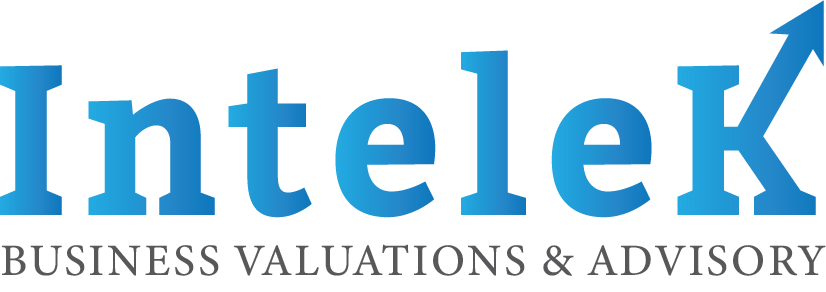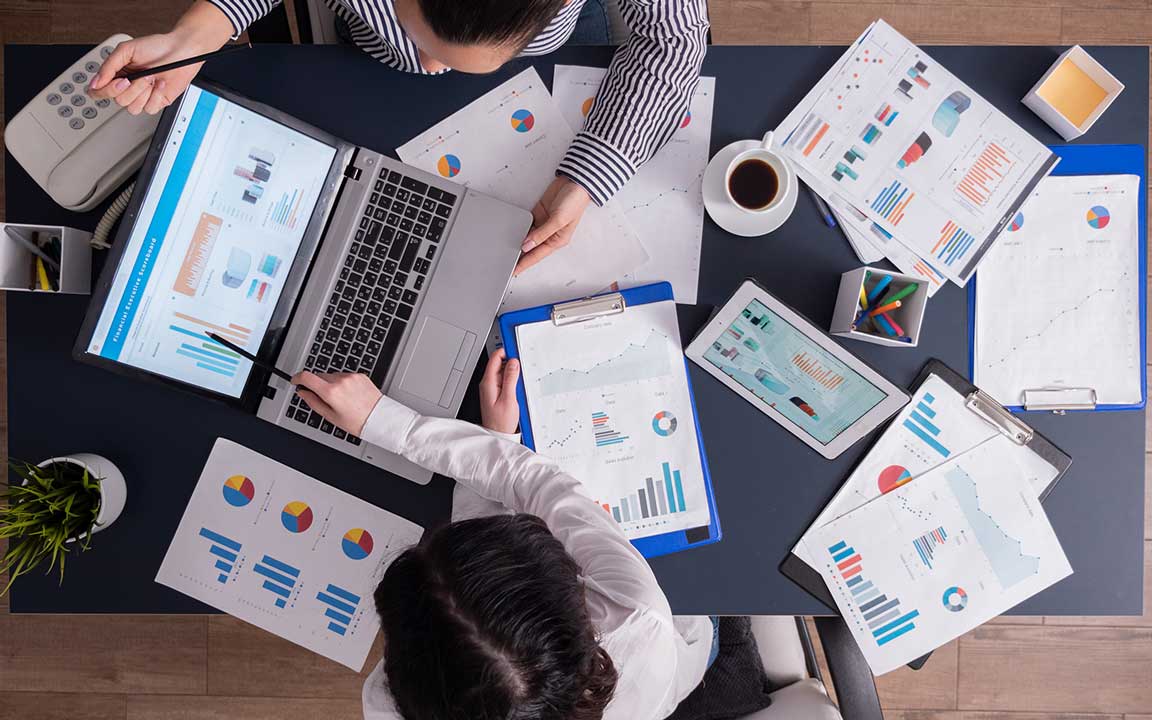A business asset is a resource owned by a business that is expected to generate or provide a benefit (generally in the form of money). An example is a machine (resource) that produces products that are then sold (which generates benefits). Business assets are recorded on the balance sheet and can be classified as current, non-current, fixed, […]
All those assets that a company or a business can easily convert into cash within a short period are known as current assets, and typically this occurs within a 12-month period. They can be utilized to fund business operations and to cover short-term liabilities. These assets continually fluctuate and are updated periodically on the balance sheet. […]
This post will take a dive into the concept of the quick ratio and its interpretation, along with an example. The quick ratio, commonly referred to as the acid-test ratio, measures the ability of a business to pay its short-term liabilities using only the current assets that are readily convertible into cash. These “quick” assets are mainly […]
The current ratio, commonly referred to as the current liquidity ratio or the working capital ratio, is one of the most important liquidity measures to assess a business’ performance. This post will take a dive into the concept of the current ratio and its interpretation, along with an example. The current ratio measures a business’ […]
Cash Flow & Cash Flow Statement A cash flow statement is a financial statement that contains aggregated data and the value of all the cash inflows and outflows that a company receives from its current business operational, investing, and financing activities. A detailed cash flow statement is crucial for investors, creditors, shareholders, vendors, regulators, taxing entities, and other interested […]
For every business, it is important to record revenue and expenses in an organized manner. The arrangement of profit and loss information in the form of data is useful when making new strategies and work policies. A business with regularly updated, gathered income and expense details can run smoothly because the weak areas are visible, […]
Accounts receivable come into existence when a business offers products or services to its customers on credit. The amount of money that the customers owe to the company is written as an asset on the balance sheet. This asset represents the money that a customer has to pay to the company. For example, a water filtration company […]
The assets that cannot be quickly converted into cash or cash equivalents to pay for debts or short-term liabilities are known as non-current assets. These assets are not liquid by nature (in other words, they take longer to sell and realize their value into cash) and include long-term investments that cannot be used as a […]
When a business purchases a service or a product from a supplier (but doesn’t pay cash at the time of the sale), the payment amounts are recorded into the company’s financial statements and released on the due date stated on the invoice (most often, 30 days later). The record of unpaid money and due invoices that […]
The balance sheet is essentially the “statement of position” of the company. The regular review and analysis of the financial position of your company is important in keeping your business on the right track. Without the knowledge of the economic health and investment return of your company, it is much more difficult to make wise decisions. As a business […]
- 1
- 2










